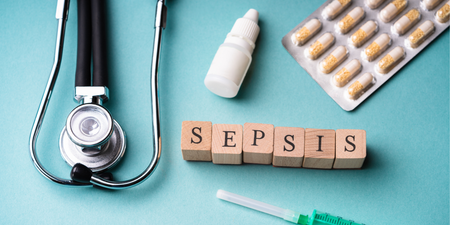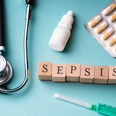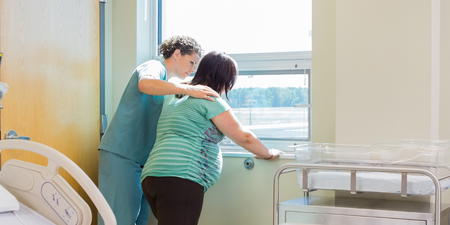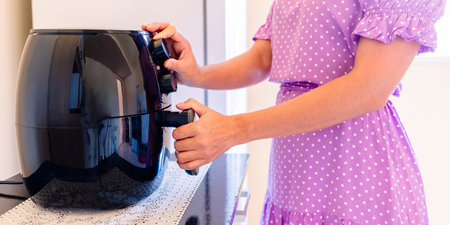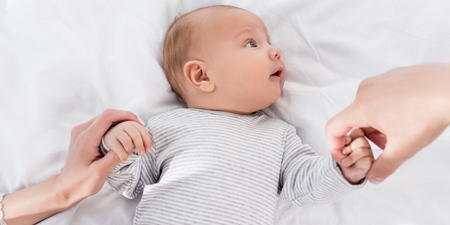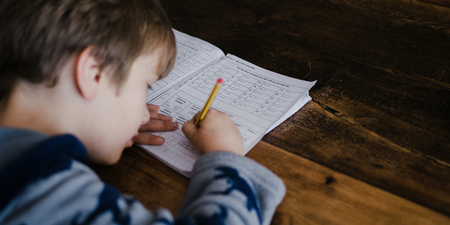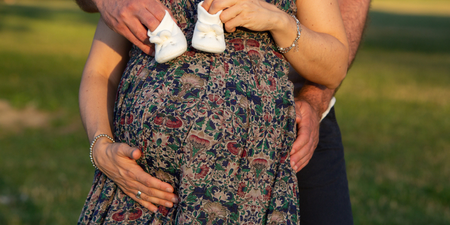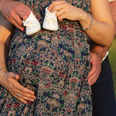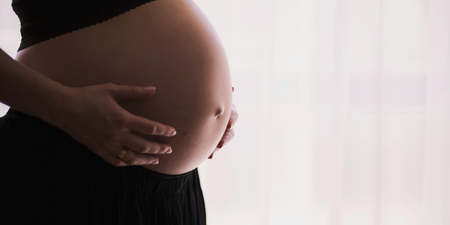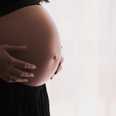Approximately 5 per cent of women aged 30-49 visit their doctors each year with heavy periods, but the actual percentage of women with heavy periods is thought to be higher.
Heavy periods account for about 10-15 per cent of all anaemias due to a lack of iron. Women with heavy periods usually pass blood clots during their heaviest days, and some will experience flooding, whereby they pass a lot of blood suddenly on standing up or getting out of bed. In some women pain may be a feature, but for most women the bleeding is painless. In a lot of cases the severity of the bleeding means that for a certain time during their period, they are confined to their home.
So what are the causes?
The most common cause is something called dysfunctional uterine bleeding. This is diagnosed when all other causes have been ruled out, and accounts for six out of ten cases of heavy periods. It is due to local changes within the womb lining. Other causes include fibroids, which are benign growths within the womb.
How do I get diagnosed?
Your doctor should take a full history of your periods and carry out an examination. Blood tests may be helpful to look for anaemia or low iron levels, and in some cases thyroid function may be checked. A pelvic ultrasound can be helpful in finding a cause for the heavy periods. In some cases a hysteroscopy is needed, which is a day procedure under anaesthetic where the lining of the womb is inspected using a tiny camera introduced through the cervix.
What are the treatments?
1 Medication
Medication is used to control heavy periods when there is no significant problem detected inside the womb, such as very large fibroids.
2 Mirena®coil
This device has become the mainstay in the treatment of heavy periods. A small T-shaped device placed inside the cavity of the womb, it’s coated in the hormone progesterone and releases a tiny dose of hormone into the endometrium daily, which prevents it from growing excessively. It’s easily inserted without anaesthetic in the doctor’s surgery, and lasts for five years. It’s also an excellent method of contraception.
Be warned though, irregular bleeding for up to six months after it’s inserted can occur, although the bleeding is usually very light. Side effects include acne, headaches and breast tenderness, most of which only last a few weeks.
3 Tranexamic acid
Tranexamic acid (Cyklokapron®) is a non-hormonal treatment option for the management of heavy periods. It’s taken as a tablet on the heaviest menstrual flow days and can cause a 60 per cent improvement in blood loss.
4 Mefanamic acid
This is another non-hormonal option for women. Mefanamic acid (Ponstan) is used on heaviest days of menstrual flow. This produces a 20-50 per cent reduction in menstrual flow, so in women in a lot of pain, this is a good treatment option.
5 The oral contraceptive pill
The combined pill can be used with good effect. If you’re over 35 you can safely use the pill if you are a normal weight and a non-smoker.
Surgery
For women who suffer from heavy periods due to large fibroids and other significant symptoms such as painful periods or pressure symptoms (on the bladder), surgery should be considered as a possible treatment. These are the types of surgery available:
1 Uterine artery embolization
This is recommended for certain women with heavy periods associated with large fibroids.
It’s particularly suitable for women who haven’t finished having children, or who have yet to start a family. The blood vessel to the fibroid is permanently shut off, causing it to shrink completely. This is done under x-ray guidance through a vein in the groin.
2 Endometrial ablation
This can be considered in women who have a slightly enlarged womb due to fibroids. Under general anaesthetic the endometrium is permanently removed. Pregnancy is not possible after this surgery, so usually tying the fallopian tubes is recommended at the same time.
3 Myomectomy
This is removal of the fibroids by opening up the womb directly.
4 Hysterectomy
The removal of the womb is a much less common procedure nowadays due to both the development of the Mirena device and also less invasive surgery. If a hysterectomy is necessary a vaginal hysterectomy is better in terms of fewer complications and speed of recovery for the patient. It is also preferred to leave the ovaries behind at the time of surgery, provided they look normal. This allows the patient to maintain her female hormone levels.
Heavy bleeding post-pregnancy?
Being pregnant naturally increases the size of a woman’s womb, and after delivery it usually remains larger than its pre-pregnancy size. This means that when periods return, either at six weeks (or longer if breastfeeding) they’re heavier than before the pregnancy. For some women, this is short-lived, and they will lighten within six months. For others they remain heavy permanently. Most forms of hormonal contraception will effectively control heavy periods and will also allow women to space their pregnancies. It is important to consult your GP if your periods are uncomfortably heavy after six menstrual cycles after you have your baby.
Dr Rachel Mackey is a women’s health specialist at Women’s Health Clinic and author of The Women’s Health Book: A Guide for the Irish Woman. She offers her expertise on a wide range of health issues, using extensive obstetric and gynaecological experience.










